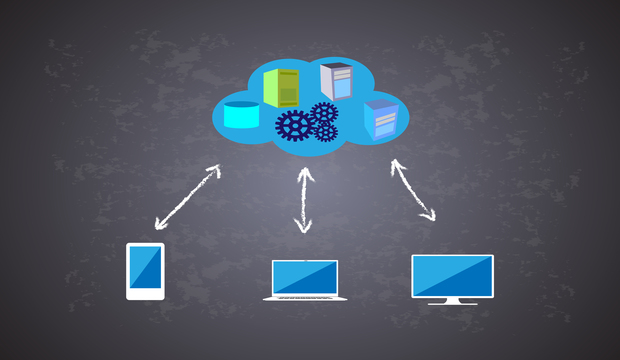5 Emerging Trends for iPaaS
Blog: The Tibco Blog
There is a curious thing that happens with enterprise software: a class of enterprise software is only considered mature when everyone is talking about it. Interestingly enough, this often happens well before everyone has implemented it. While true that when everyone is talking about a class of enterprise software there are many who have adopted it, but those organizations typically fall into the category of early adopters or those who had nowhere else to turn.
The above phenomena seems to ring true for iPaaS software. In a lot of ways, iPaaS has grown up and may even be considered a mature segment but there is a still a lot of activity around it. IPaaS has moved from a departmental niche to a more vital aspect of an organization’s integration strategy. Here are the 5 emerging trends I’ve spotted in working with TIBCO Cloud Integration (TIBCO’s iPaaS solution) over the past 10 months during this critical shift for iPaaS:
1. Point-to-point integration will kill iPaaS productivity: Many of the early adopters of iPaaS saw the technology as a solution to solve a point-to-point integration need—whether it was a cloud-to-cloud or ground-to-cloud integration. This mirrors the early days of application integration; everyone thought their integration was unique and a one-off. In reality, the problems incurred with on-premise integration is today becoming an iPaaS problem. iPaaS should be treated with the same architectural consideration leveraging reusable patterns and extensibility.
2. Connectivity is everywhere: It used to be that everything you needed to do your job was installed on your desktop or laptop. Today, this is not the case. The applications that people use to do their job exist in different places. Connecting these applications to get more out of them is a key role for an iPaaS solution. There is an increased need for flexible and dynamic connectivity
3. Reemergence of IT: iPaaS had taken an interesting path of ownership. It was used by IT early on in data synchronization projects for SaaS applications. Shortly after, it was leveraged by departmental resources and lines of business to drive integration by SaaS applications. And now, it has returned to those in IT who want to ensure that when an iPaaS solution is used a level of security is maintained, best practices are used, and there is standardization on integration patterns
4. “Things” will be the next big integration point: The Internet of Things has changed the way people think of the scale of integration. Similar to how big data changed the way people think of datasets, IoT will fundamentally change the scope of integration. Organizations will need multiple different protocols to collect information and to figure out how manage all the connections.
5. Traditional B2B functionality will be needed in iPaaS: This trend doesn’t mean turning your iPaaS solution into a VAN (Value Added Network) but it does mean it will have to play nice with it. It also means that your iPaaS solution will likely need to take on the real-time transactions that traditional B2B gateways don’t handle very well. It’s about creating a complementary solution between a B2B gateway and your iPaaS implementation.
In many ways, early iPaaS solutions were seen as point solution to an immediate problem. Originally, it was for data migration and synchronization between on-premise and cloud solutions (e.g. SAP to Netsuite and Salesforce to SAP). The reality is that iPaaS has evolved to become a key part to a larger enterprise integration strategy. That integration strategy will need to cover integration between an of on-premise applications, SaaS applications, custom applications, microservices, mobile devices, processes and ‘things’ and iPaaS will be part of that larger hybrid integration platform. Establishing your iPaaS solution as part of the larger integration strategy now will minimize legacy iPaaS integration problems in the future.
Want to learn more about iPaaS pervasiveness, applications, challenges, and trends? Join us for our upcoming webinar on February 9: Connecting Cloud Services. This webinar will be available instantly on-demand from February 9th onward and will demonstrate powerful tools to tackle cloud integration and cloud connection. Register today!
Leave a Comment
You must be logged in to post a comment.








